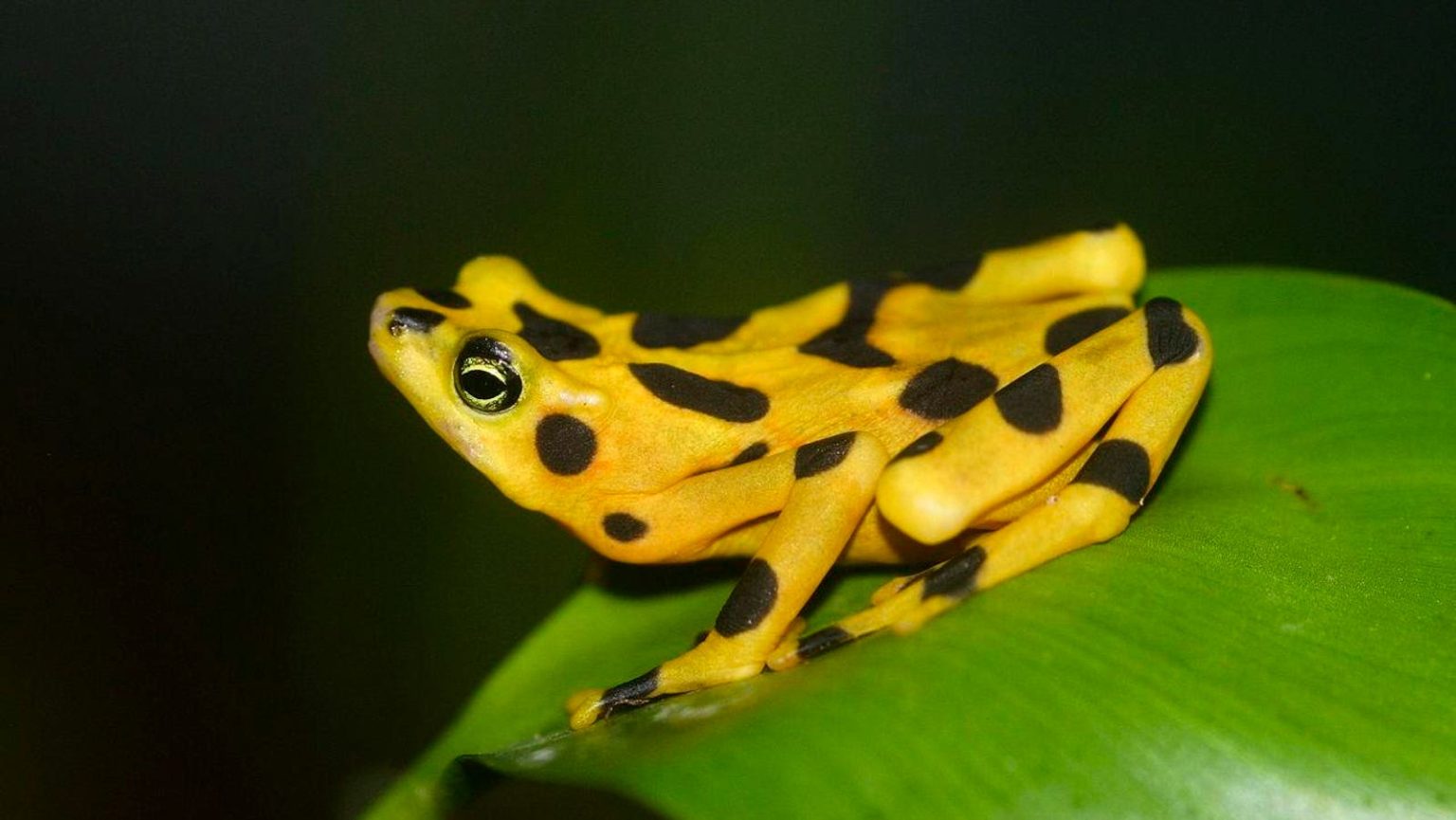A deadly fungus known as Batrachochytrium dendrobatidis, or Bd, is causing a global pandemic that is devastating frog and toad populations worldwide. This fungus infects the skin of amphibians, leading to heart failure and electrolyte loss, ultimately contributing to the extinction of 90 amphibian species and severe declines in over 500 others. Recognizing the urgent need to combat this fungal disease, researchers at the University of California at Riverside have discovered a virus that infects Bd, raising hopes that it can be genetically engineered to control or destroy the fungus and thereby save declining amphibian populations.
Frogs and toads play critical roles in ecosystems by controlling bad insects, crop pests, and mosquitoes. Their decline could have devastating effects on the environment, as they are important indicators of habitat and water quality. Amphibians serve as a canary in the coal mine of climate change, responding to changes in temperature, UV light, and water quality. The discovery of a virus that infects Bd offers a glimmer of hope for conservation efforts, as it may hold the key to ending the global amphibian pandemic and preserving biodiversity.
The research team at UC Riverside, led by microbiologist Mark Yacoub and Jason Stajich, has long been studying different strains of the Bd fungus to understand the genetic diversity and evolution of this pathogen. Their discovery of a virus that infects Bd has opened up new avenues of research to explore how the virus alters fungal pathogenicity and spreads. By cloning the virus and studying its effects on the fungus, the researchers hope to gain insights into how to render the fungus less deadly to amphibians and potentially engineer a solution to the global amphibian crisis.
In addition to the immediate implications for amphibian conservation, the study of the Bd-infecting virus raises broader questions about the molecular mechanisms underlying pathogenicity and virulence in infectious diseases. Understanding how the virus interacts with the fungus and amphibian skin microbiome could provide valuable insights into managing other infectious disease pandemics, such as white-nose fungus in bats. By unraveling the mysteries of this virus-fungus interaction, researchers aim to develop strategies to protect vulnerable amphibian species and restore balance to ecosystems.
Despite the devastating impact of Bd on amphibian populations, some species have shown resistance or tolerance to the fungus. For example, tadpoles of the mountain yellow-legged frog and certain exotic or invasive species appear to be relatively resistant to Bd. By studying these Bd-resistant amphibians, researchers may uncover important clues for protecting more vulnerable species and developing innovative conservation strategies. Ultimately, the discovery of the Bd-infecting virus offers a ray of hope for amphibians facing extinction, highlighting the potential of genetic engineering to combat fungal diseases and preserve biodiversity.


